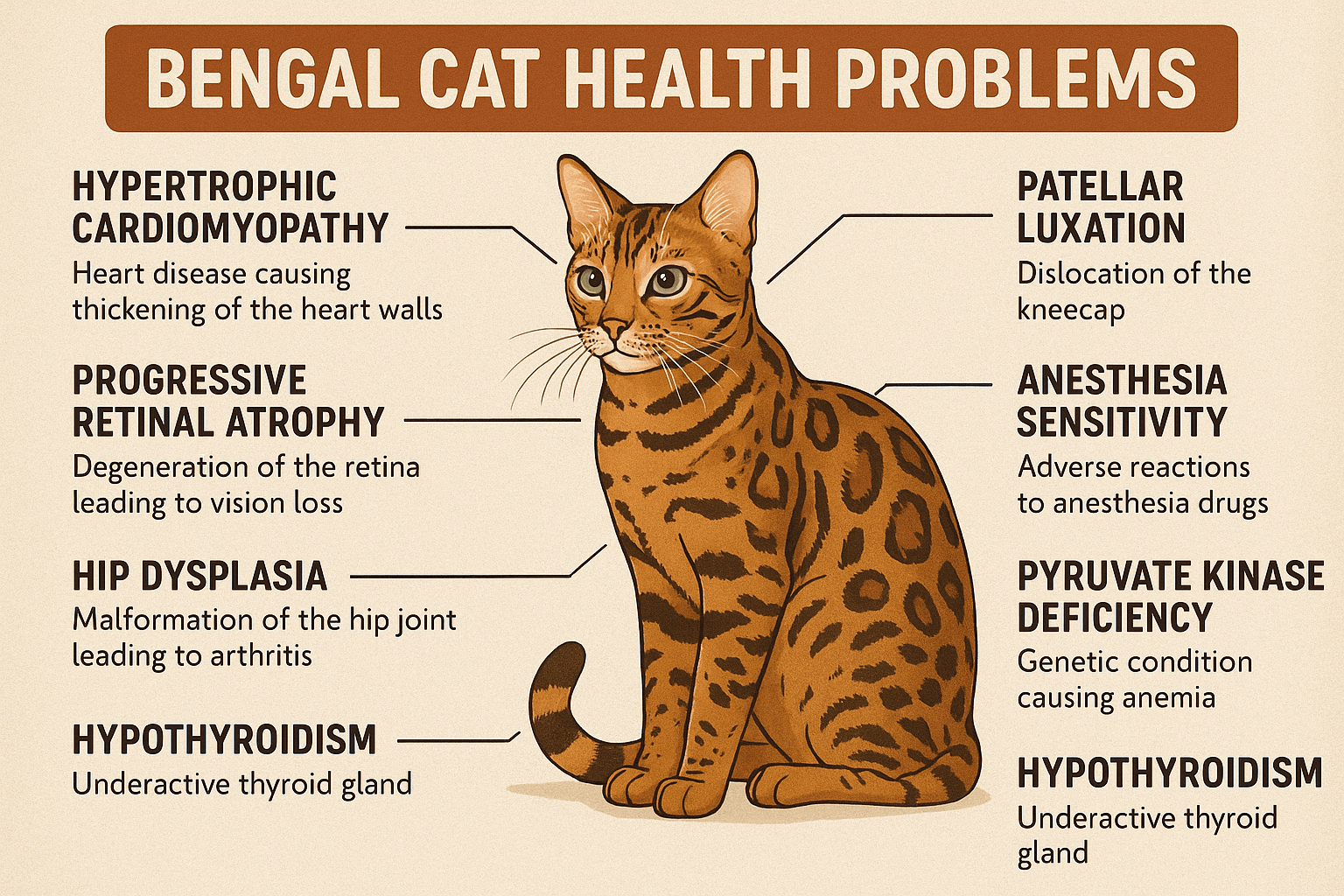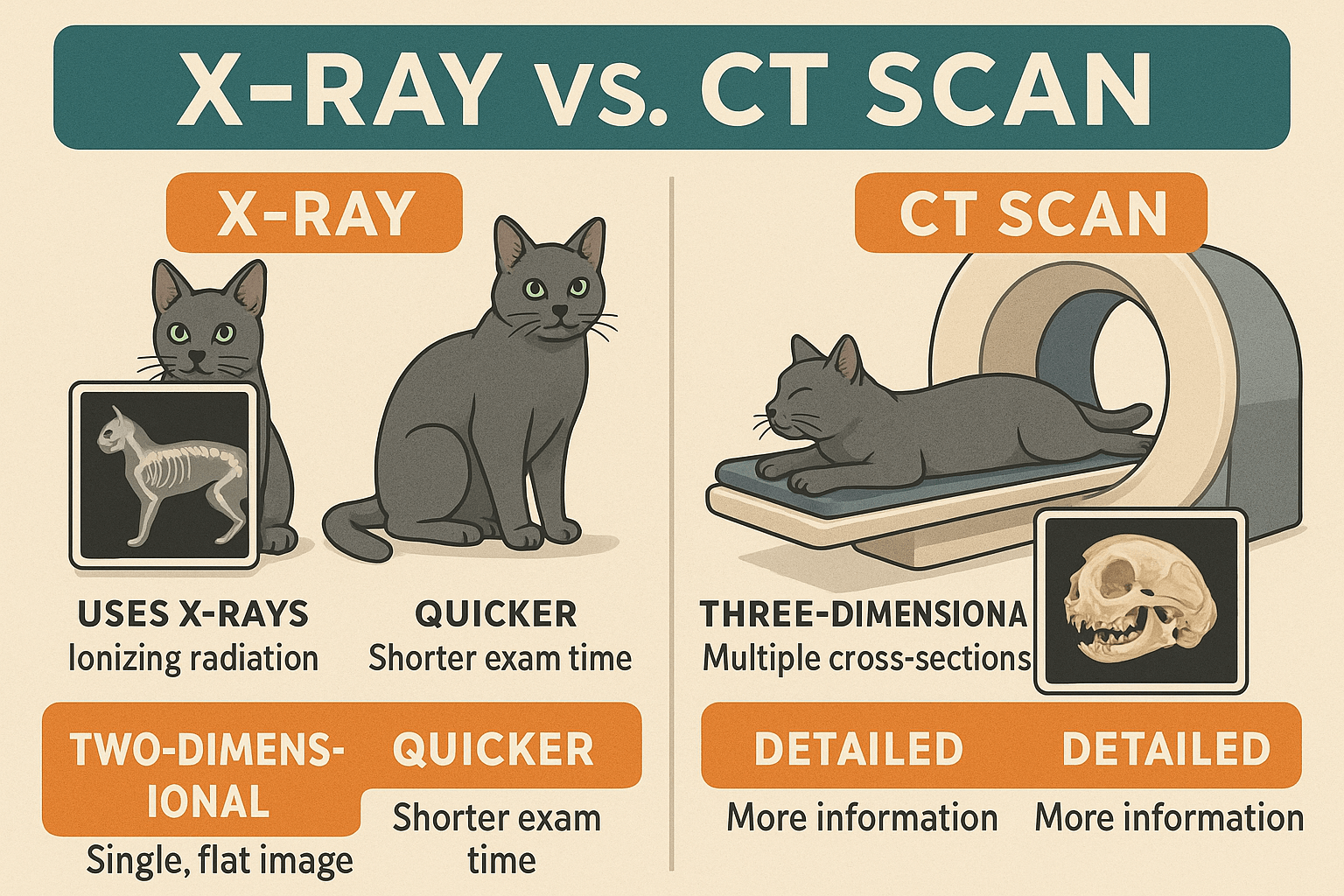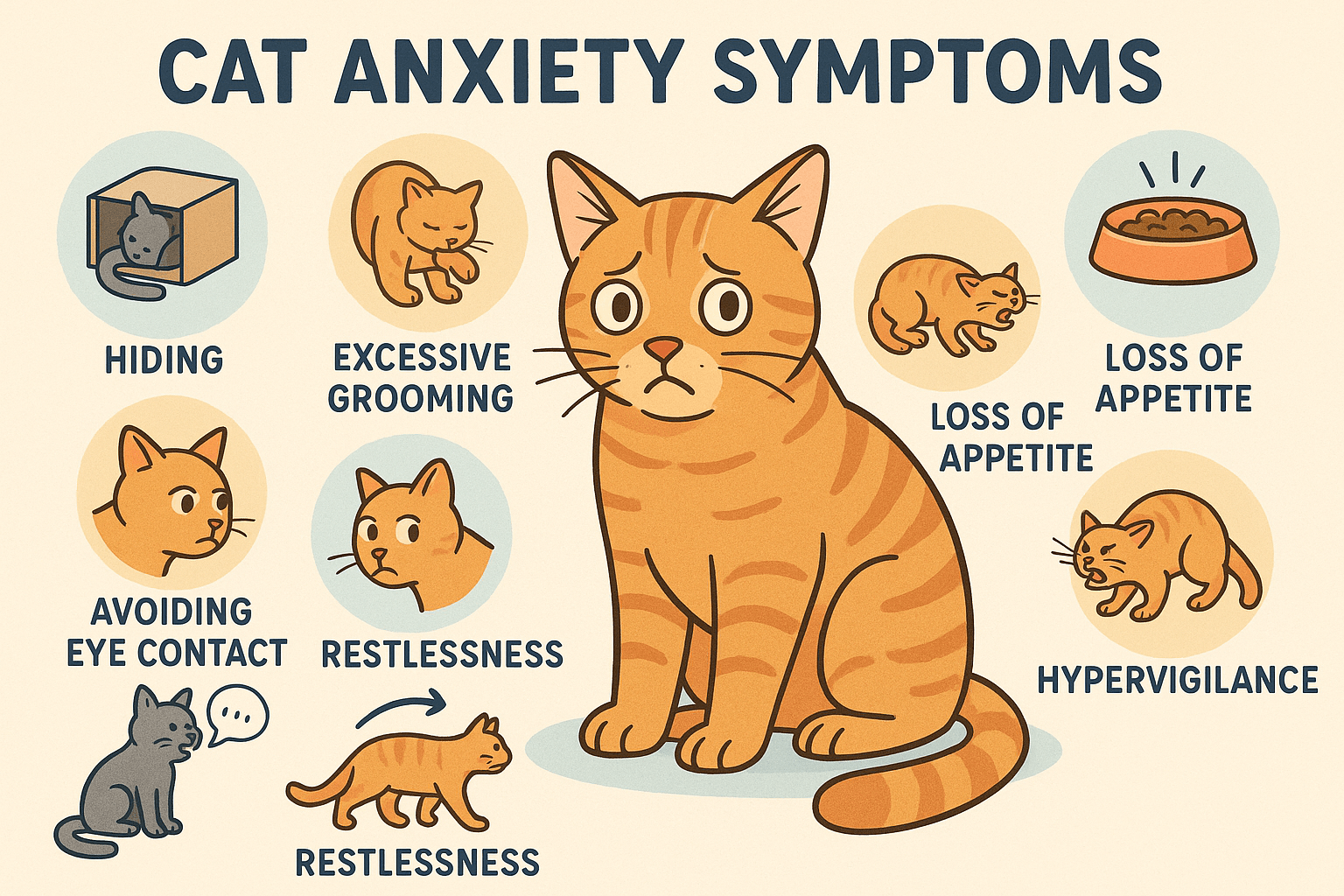Why Did My Cat Poop on My Bed? Understanding the Mystery
As a cat owner, few things are more perplexing—and frustrating—than finding an unexpected “gift” from your feline friend on your bed. Cats are known for their cleanliness and fastidious grooming habits, so when they eliminate inappropriately, it’s natural to wonder what went wrong. Whether you’re dealing with this issue for the first time or have been struggling with it for a while, understanding the reasons behind this behavior is the first step toward solving the problem. In this blog post, we’ll explore why cats might poop on beds, how to address the issue, and steps you can take to prevent it from happening again.
Common Reasons Why Cats Poop on Beds
While it may seem like your cat is acting out of spite, there are several plausible explanations for this behavior. Below, we’ve outlined some of the most common reasons:
Medical Issues:
Cats may poop outside the litter box due to underlying health problems such as gastrointestinal issues, urinary tract infections, or constipation. These conditions can make it uncomfortable or painful for them to reach the litter box.Stress or Anxiety:
Changes in the household, such as moving to a new home, introducing a new pet, or even loud noises, can cause stress in cats. This anxiety might manifest in inappropriate elimination.Territorial Behavior:
Cats are territorial creatures, and pooping on your bed could be a way of marking their territory. Your scent on the bed makes it a prime target for this behavior.Litter Box Problems:
If the litter box isn’t clean enough, is located in an inconvenient spot, or contains a type of litter your cat dislikes, they may choose an alternative location.Attention-Seeking Behavior:
Sometimes, cats act out to get their owner’s attention. If they feel neglected, they might resort to extreme measures to communicate their needs.
Understanding these potential causes can help you identify the root of the problem and take appropriate action. Remember, patience and observation are key when addressing behavioral issues in cats.
Steps to Address the Issue
Once you’ve identified possible reasons for your cat’s behavior, it’s time to take corrective measures. Here are some actionable steps you can follow:
Visit the Veterinarian:
Rule out any medical issues by scheduling a check-up with your vet. They can perform tests to ensure your cat isn’t suffering from an undiagnosed condition.Clean the Area Thoroughly:
Use enzymatic cleaners to remove all traces of odor from your bed. Cats have a keen sense of smell and may return to the same spot if they detect lingering scents.Reevaluate the Litter Box Setup:
Ensure the litter box is clean, easily accessible, and filled with litter your cat prefers. Consider adding an extra box if you have multiple cats.Create a Calm Environment:
Minimize stressors in your cat’s environment. Provide safe spaces, use calming pheromone diffusers, and maintain a consistent routine.Spend Quality Time with Your Cat:
Engage in interactive play sessions and provide mental stimulation through toys or puzzle feeders. A happy cat is less likely to engage in problematic behaviors.
By implementing these strategies, you can create a more harmonious living space for both you and your cat. Consistency is crucial, so stick with your plan and monitor your cat’s progress.
Check this guide 👉 Why Is My Cat Purring So Loud? Best 7 Expert Behavior Tips!
Check this guide 👉 Why Do Cats Lick Themselves? Best 7 Expert Behavior Tips!
Check this guide 👉Why Does My Cat Hump While Kneading? Best 7 Behavior Tips!

Preventive Measures | Immediate Actions |
|---|---|
Keep the litter box clean | Clean affected areas thoroughly |
Provide multiple litter boxes | Schedule a vet appointment |
Maintain a stress-free home | Block access to the bed temporarily |
Offer enrichment activities | Use enzymatic cleaners |
Monitor changes in behavior | Reassess litter preferences |
Signs Your Cat May Be Stressed
Cats often communicate their discomfort through subtle signs. Recognizing these indicators early can help you nip potential problems in the bud:
Hiding More Than Usual:
If your cat suddenly starts spending more time under furniture or in secluded areas, it could indicate stress.Changes in Appetite:
A sudden increase or decrease in food consumption might signal emotional distress.Excessive Grooming:
Over-grooming can lead to bald patches and skin irritation, often caused by anxiety.Aggressive Behavior:
Uncharacteristic aggression toward humans or other pets may stem from unresolved tension.Vocalization Changes:
Increased meowing or unusual sounds could mean your cat is trying to express discomfort.
Being attentive to these signs allows you to intervene before minor issues escalate into major problems. Always approach your cat with kindness and understanding during stressful times.
How to Make Your Bed Less Appealing
If your cat has developed a habit of using your bed as a bathroom, deterring them from doing so is essential. Here’s how you can make your bed less inviting:
Use Scent Deterrents:
Place citrus-scented sachets or sprays near your bed. Most cats dislike strong citrus smells.Cover the Bed Temporarily:
Use plastic sheets or aluminum foil to cover your bed. Cats generally avoid walking on these textures.Limit Access to the Room:
Close the door to your bedroom to prevent your cat from entering unsupervised.Provide Alternative Comfort Spots:
Set up cozy sleeping areas elsewhere in the house to redirect their attention.Reward Positive Behavior:
Praise and reward your cat when they use the litter box correctly. Positive reinforcement encourages good habits.
By making these adjustments, you can guide your cat toward better choices without causing conflict. Patience and consistency will yield the best results.
Understanding Your Cat’s Body Language
Cats communicate a lot through their body language, and understanding these signals can help you anticipate or address behavioral issues. Here are some key behaviors to watch for:
Tail Position:
A high, upright tail indicates confidence, while a puffed-up tail suggests fear or aggression.Ears Flattened Back:
This could mean your cat is feeling threatened or anxious about something in its environment.Excessive Purring:
While purring often signifies contentment, it can also indicate discomfort or a need for reassurance.Dilated Pupils:
Wide eyes may signal excitement, fear, or curiosity, depending on the context.Hunched Posture:
If your cat is crouched low with its tail wrapped tightly around its body, it might be unwell or stressed.
By paying attention to these subtle cues, you can better understand your cat’s emotional state and respond appropriately. Observing body language is a powerful tool in preventing unwanted behaviors before they escalate.
Creating a Cat-Friendly Home Environment
A harmonious home environment plays a crucial role in minimizing stress and inappropriate behaviors in cats. Here are some tips to make your space more appealing to your feline friend:
Vertical Spaces:
Install shelves or cat trees to give your cat opportunities to climb and observe its surroundings from above.Safe Hiding Spots:
Provide cozy hiding places like enclosed beds or cardboard boxes where your cat can retreat when feeling overwhelmed.Interactive Toys:
Rotate toys regularly to keep your cat mentally stimulated and prevent boredom.Window Perches:
Set up a perch near a window so your cat can enjoy watching birds or other outdoor activities.Routine Feeding Times:
Stick to consistent feeding schedules to create a sense of stability and security.
When your home is tailored to meet your cat’s needs, it reduces the likelihood of stress-related behaviors. Small changes can have a big impact on your cat’s overall well-being.
Strengthening Your Bond Through Play
Playtime isn’t just fun—it’s an essential part of building trust and strengthening your bond with your cat. Here are some ways to incorporate meaningful play into your daily routine:
Use Wand Toys:
Feather wands or string toys encourage natural hunting behaviors and provide physical exercise.Laser Pointers:
These toys stimulate quick reflexes but should always end with a tangible “reward” like a treat to avoid frustration.Puzzle Feeders:
Combine mealtime with mental challenges by using feeders that require problem-solving skills.Scheduled Play Sessions:
Dedicate at least 15–20 minutes twice a day to focused one-on-one playtime with your cat.Rotate Activities:
Keep things fresh by alternating between different types of toys and games to maintain interest.
Engaging in regular play not only keeps your cat physically fit but also fosters a deeper connection between you two. A happy, well-exercised cat is less likely to exhibit unwanted behaviors like pooping outside the litter box.
Frequently Asked Questions About Cat Pooping on Beds
Is my cat pooping on my bed because they’re mad at me?
No, cats don’t act out of spite. This behavior usually stems from stress, illness, or dissatisfaction with their environment.
How long does it take to correct this behavior?
It depends on the cause. Medical issues may resolve quickly with treatment, while behavioral changes could take weeks or months.
Should I punish my cat for pooping on my bed?
Punishment is ineffective and can worsen the problem. Focus on identifying the cause and addressing it calmly.
Can I train my cat to stop using my bed as a bathroom?
Yes, with consistent training, environmental adjustments, and positive reinforcement, most cats can learn to avoid inappropriate elimination.
What should I do if nothing works?
Consult a professional animal behaviorist or veterinarian for personalized advice tailored to your cat’s needs.
Building a Stronger Bond with Your Cat
Dealing with inappropriate elimination can be challenging, but it also presents an opportunity to strengthen your relationship with your cat. By understanding their needs, providing a supportive environment, and addressing any underlying issues, you can foster trust and harmony in your home. Remember, every cat is unique, and patience is essential when navigating behavioral challenges. With love, care, and persistence, you and your feline companion can overcome this hurdle together.
High Liver Enzymes in Cats: Best 7 Expert Tips! Discover causes, symptoms, and treatment options for elevated liver enzymes in cats. Learn how to support your cat’s liver health effectively.
Bengal Cat Health Problems: Best 7 Expert Tips! Discover expert advice on common Bengal cat health issues, preventive care, and tips to keep your feline friend healthy and happy for years to come.
X-Ray vs CT Scan for Cats: Best 7 Expert Tips! Discover key differences, benefits, and expert advice on choosing the right imaging method for your cat’s health needs.
Cat Anxiety Symptoms: Best 7 Expert Tips! Discover signs of feline stress, effective calming strategies, and expert advice to help your cat feel safe, happy, and relaxed at home.





